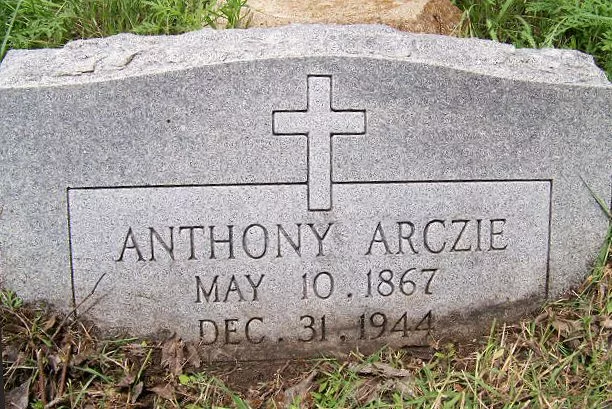
Sidewalks are interesting things.
I’ve been walkin’ these streets so long
Singin’ the same old song
I know every crack in these dirty sidewalks of Broadway
— lyrics from Rhinestone Cowboy
Sidewalks say a lot about a town – where it’s going and where it’s been.
Sometimes sidewalks get ripped up, then repoured nice with handrails and handicapped accessible ramps. Coleman is like that downtown. Sometimes those things are just added to what already exists. When a town is old and still has a lot of its sidewalks intact, you can read a lot of history by knowing “every crack”.
I spend a lot of my time walking around downtown looking up and out. You know that about me. I write about the leaves changing, the breeze ruffling the flags, the blue skies and puffy clouds. But I spend some time looking down, too. Downtown Brownwood’s sidewalks read like a book.
You can still see where the old stuff used to be… once upon a time when there were parking meters, the poles now sawed off at the ground, but the metal rings are still there, rusty. You can see where the old telephone poles were pulled out, the holes filled with new cement, and where new poles were put in a little farther down, the concrete cut and busted out, then the new poles set with cement.
You can see where at one time there rails were there for tying off horses, and once the town had old street lights that weren’t hanging over the whole road, but were instead set on one side – like the kind you’d see in the old movies.
If you look and remember you will see a name all over downtown inscribed in the sidewalks… A. Arczie. He was the man who laid most of the sidewalks in downtown, and he inset his name, and sometimes the name of Krischke too, who I think was his boss and father-in-law. I’m guessing that, but I don’t know. There’s an Amelia Krishke Arczie buried at Greenleaf Cemetery, and she was married to Anthony Arczie who died in 1944. He was employed by Joseph Krischke & Son Contractors, so it all makes a sort of sense. According to the history museum, the sidewalks were poured in “the early 1900s, prior to 1910.” That’s an interesting tidbit.
In some places you can see where previous tenants, landlords, or property owners did stuff to the sidewalks… textured them with stone or grooves or painted them. There are places where the sidewalks have angled metal cut off at the ground, where maybe there were no parking signs set into the cement, or some other instructions for people wanting to park. Here and there the sidewalks step down to the street (and that part is newer) because cars sat lower than horse-drawn wagons and the newer car doors would hit the high curbs.
Over on Center Avenue, it’s all changed. Center used to be much wider if you look at the old pictures. Traffic was both ways and there was parallel parking on both sides of the street. My wife asked me one time, “How did they narrow the street? It used to seem much wider?” You can see the answer on the east side of the street, the sidewalks there were narrowed, and now the parking is where you angle in just on the east side. The southbound side of the street now there is no parking. Some city officials at some point figured you could get more cars parked downtown that way – and maybe that’s true – but it has had unintended consequences. Now people drive way too fast – three times the speed limit or more – cutting up Center to avoid the traffic lights on Main. And now the cars that are angle parked on the east side of the street have to back blindly into traffic… traffic that is almost universally driving irresponsibly fast. But all of that is a story told in the sidewalks.
The thing is, if you can read the sidewalks, you can time travel. You can see what it was like. Stand there and study where the parking meters were cut off and you can imagine the meeting when it was decided to do away with them. Look at where the horse tie-off rails were cut down and you can imagine the scene. The tidbit we got from the museum fills in the rest of the story. Prior to 1910 when Anthony Arczie was putting down new sidewalks, the cars hadn’t come to Brownwood yet, and the horses and buggies and wagons still ruled the roads. Five years later, and the automobiles were here – some of them. The first mile of public road wasn’t paved in America until 1909, so it was all dirt and gravel back then. Horses were the kings of the roads.
I’ve been walking these streets so long…
There’s a lot to it, if you take the time to look.

***
Michael Bunker is a local columnist for BrownwoodNews.com whose columns appear on Wednesdays and Sundays on the website.